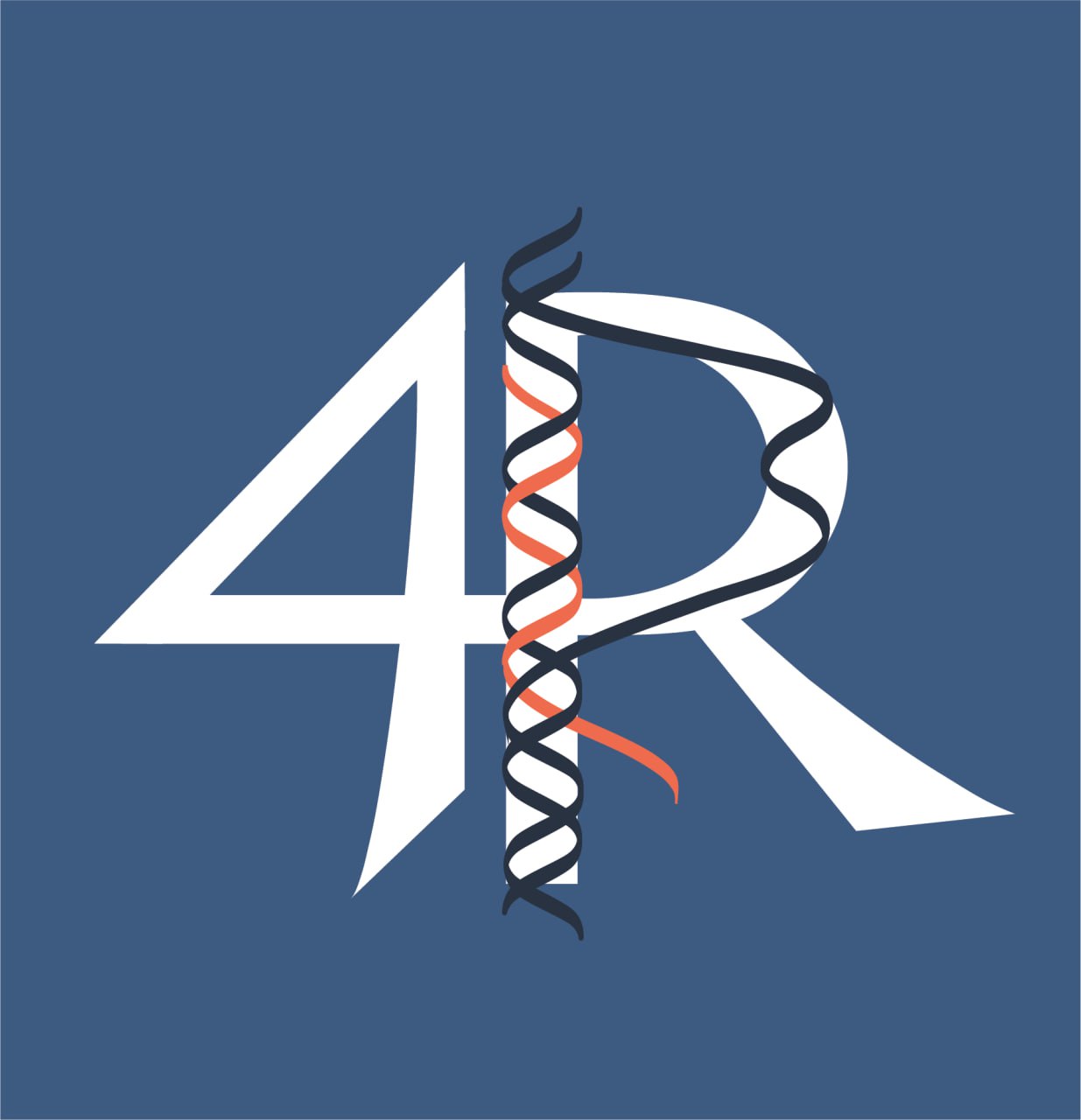Project 6. R-loop regulation by neurodegeneration-linked DNA/RNA-binding proteins FUS and TDP-43.
R-loops occur naturally during transcription and can have important regulatory functions, however, persistence of R-loops can have deleterious effects and result in the accumulation of DNA double-strand breaks (DSBs) and genome instability. Thus, aberrant R-loops have been linked to human diseases, including neurodegenerative disorders. For instance, several genes that are mutated in the neurodegenerative diseases amyotrophic lateral sclerosis (ALS) and frontotemporal dementia (FTD), e.g. FUS, TARDBP, SETX, EWSR1 and C9orf72, have been implicated in DNA damage repair and the regulation of R-loops, suggesting that DNA damage and genome instability may contribute to neurodegeneration in these disorders. Two of these ALS/FTD-associated genes (FUS, TARDBP) encode for the major aggregating proteins in ALS and FTD patients, Fused in Sarcoma (FUS) and TAR DNA binding protein of 43 kDa (TDP-43). They are essential and ubiquitously expressed DNA/RNA binding proteins that are normally predominantly localized in the nucleus. However, in the degenerating brain regions of ALS and FTD patients, FUS and TDP-43 are largely absent from the nucleus and accumulate in cytosolic aggregates of neurons and glial cells, resulting in a loss of nuclear FUS or TDP-43 function. FUS or TDP-43 depletion by RNA interference renders cells more sensitive to transcription-arresting agents (e.g. a-amanitin) and results in R-loop accumulation. The molecular mechanisms by which FUS and TDP-43 suppress R-loops and how the two proteins are recruited to sites of DNA damage in active genes are largely unknown. This project will focus on the molecular mechanisms involved in FUS and TDP-43-mediated R-loop suppression and recruitment of TDP-43 and FUS to DNA damage sites, using a combination of in vitro and cellular systems. Specifically, we aim to address the following questions (Figure 1):

- Do FUS and TDP-43 prevent R-loop formation or resolve R-loops by directly binding to RNA-DNA hybrids or ssDNA?
- Which domains of FUS and TDP-43 are required for the R-loop suppressing activity and for their recruitment to DNA damage sites?
- Is nucleic acid-binding or phase separation/condensation of FUS or TDP-43 required for these activities?
- Are DNA-damage-induced post-translational modifications (PTMs), e.g. poly(ADP-ribosylation) (PARylation) or phosphorylation of FUS, essential for R-loop suppression and recruitment to sites of DNA damage?
We will start with measuring the binding affinities of FUS and TDP-43 to RNA:DNA hybrids in vitro, and test whether FUS or TDP-43 prevent the formation of RNA-DNA hybrids or can resolve them using a FRET-based assay. Making use of a large set of recombinant FUS and TDP-43 variants available in the Dormann lab, we will address which regions of FUS and TDP-43 are essential for suppressing/unwinding RNA-DNA hybrids and whether the proteins’ ability to bind RNA or to phase separate is important or not. To complement these in vitro studies, we will silence FUS or TDP-43 in HeLa or neuronal cells. We will quantify R-loop formation and DNA damage foci after FUS or TDP-43 silencing and will test which siRNA-resistant FUS or TDP-43 variants can suppress R-loops or DNA damage foci. We also plan to quantify genome-wide R-loops upon TDP-43 or FUS silencing using MapR in KD cells, as well as study the role of these proteins in response to different kinds of DNA damage. We will also manipulate R-loop levels, and test whether recruitment of FUS or TDP-43 to sites of DNA damage depends on R-loop formation. Since FUS is known to be highly post-translationally modified upon DNA damage induction (e.g. phosphorylated and PARylated), we also plan to address how such DNA-damage-induced PTMs affect the activity of FUS to suppress R-loops and to be recruited to sites of DNA damage. These experiments will allow us to dissect the intricate interaction between FUS, TDP-43, R-loops, and DNA damage in the context of neurodegenerative diseases.
